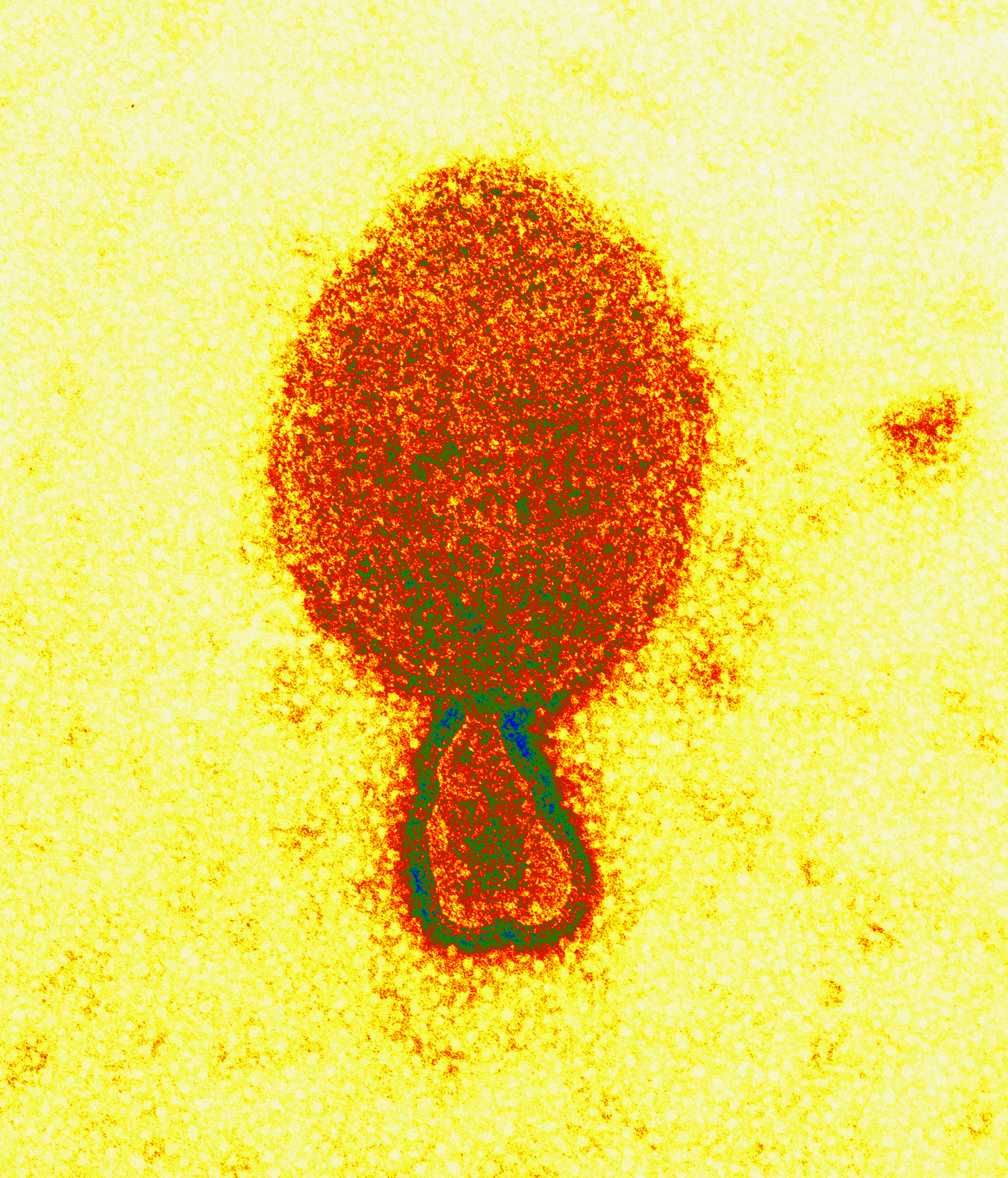Media release
From:
Expert Reaction
These comments have been collated by the Science Media Centre to provide a variety of expert perspectives on this issue. Feel free to use these quotes in your stories. Views expressed are the personal opinions of the experts named. They do not represent the views of the SMC or any other organisation unless specifically stated.
Dr Xiang Liu is a Postdoctoral research fellow at Griffith University
A novel henipavirus, Langya henipavirus (LayV) was recently identified in 26 patients out of 35 acute clinical cases. These patients were mainly from Shandong and Henan provinces in eastern China.
LayV is closely related to Hendra virus and the Nipah virus, which are endemic to Southeast Asia. Though the estimated fatality rate of Nipah virus is at 40% to 75%, no death has been associated with LayV infection as of today. As Hendra virus and Nipah virus are both zoonotic viruses transmitted through bats and rodents, the LayV was thought to be transmitted from animals to humans.
Shrews have been suggested to be the natural reservoir for LayV. Notably, shrews are widely distributed in eastern and northeast China, some of which live in close proximity to humans.
Based on the 35 clinical patients, no clear evidence has been found for human-to-human transmission, although ongoing monitoring is suggested as the transmission pattern of the virus could be altered by adaptive mutations.
There was an outbreak of a henipavirus, Mojiang henipavirus, in southern China in 2012. It is still unknown if there is a link between the outbreak of Mojiang henipavirus and the current LayV. More studies regarding LayV transmission, pathology and specific treatment are needed.
Professor Edward Holmes is from the Sydney Infectious Diseases Institute at the University of Sydney
Langya henipavirus has only been reported to infect 35 people since 2018. There is no evidence that it transmits between humans, with every case likely an independent spillover from animals. There is also no evidence for severe disease. As such, there is no particular need to worry about this virus at the moment, although ongoing surveillance is of importance.
Associate Professor Sanjaya Senanayake is a specialist in Infectious Diseases and Associate Professor of Medicine at The Australian National University
The announcement of another new infection is not surprising. Over the last five decades, there have been around fifty new infections described. The vast majority, like LayV, monkeypox and COVID-19 are viruses that have jumped from the animal to the human world.
The shrew may be the natural reservoir of LayV but some domestic animals were found to be infected too. Regarding this infection, it is still early days but there are some reassuring signs, namely that there haven’t been deaths or many serious illnesses from it, that there don’t seem to have been many cases (the earliest case seems to have been 2018), and that person-to person-transmission hasn’t been found (unlike monkeypox and COVID-19).
The reason to be vigilant about this virus though is that it is a henipavirus, which comes from the same family as Hendra and Nipah, both of which have caused deaths in humans. Nipah has also been associated with person-to-person transmission.
Dr Nick Fountain-Jones is a Research Associate at the University of Tasmania
These findings show how incredibly important viral surveillance is. While it is still early days, the authors suggest that there is no evidence yet for human-to-human transmission, but more data will help further rule this out.
This group of viruses pose a constant and real threat to humans and livestock, and viruses like LayV need to be monitored carefully. Early detection, identification of potential reservoir hosts and contact tracing as was done in this study are crucial steps to prevent the next pandemic.
Unfortunately, just because we are still experiencing the SARS-CoV-2 pandemic does not mean another isn't around the corner. More funding for research, surveillance and projects such as the global virome project (https://www.globalviromeproject.org/) are crucial for helping prevent future pandemics.



 Australia; TAS
Australia; TAS


